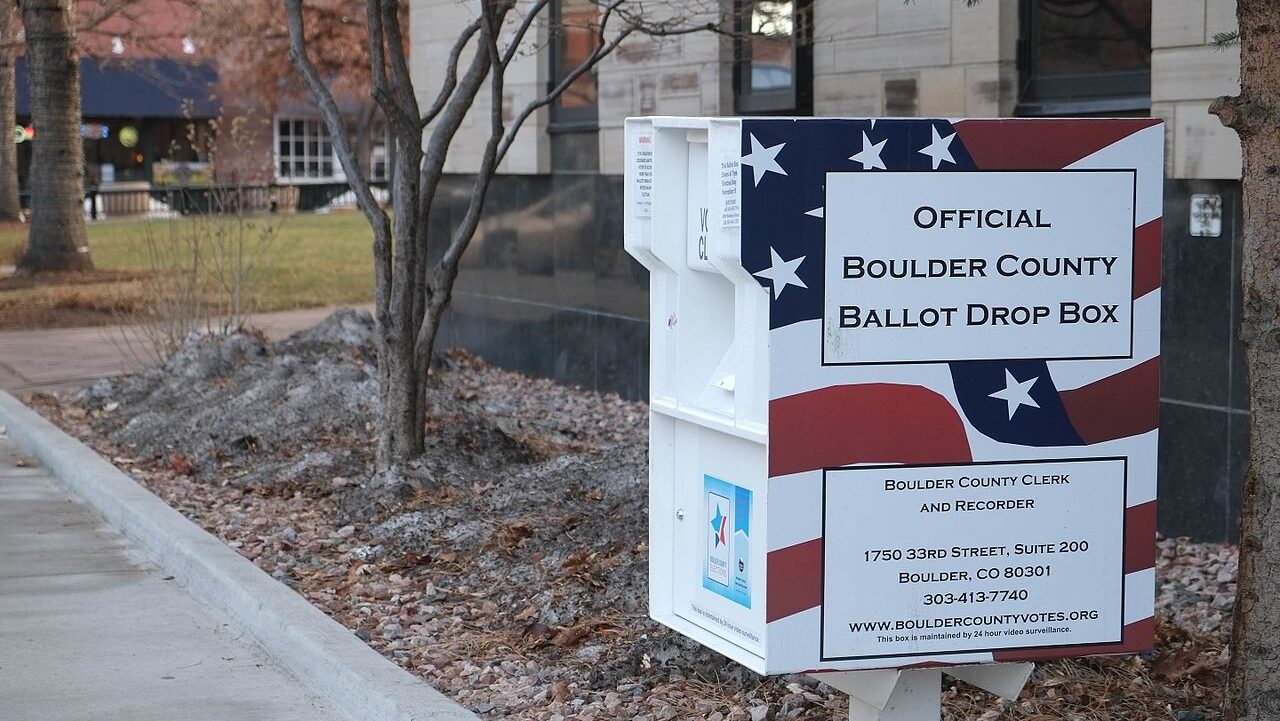More Chinese Cities Locked Down Under Strict “Zero-COVID” Measures
China has put several more of its cities and tens of millions of residents under new lockdowns, including the world’s largest wholesale hub and port cities. Many travelers are now stranded and struggling for food, production orders have been canceled, and businesses are closing because of the Chinese regime’s strict “zero-COVID” measures.
According to Chinese media, since early August, a new wave of COVID-19 has swept through 25 of China’s 31 provinces, spanning from the southernmost Hainan Province to the Xinjiang region and Tibet in the west.
World’s Largest Wholesale Hub Under Full Lockdown
Yiwu city in the eastern Zhejiang Province, which is the world’s largest wholesale hub, has been under a partial lockdown since early August, when new cases caused by the more infectious Omicron variant of COVID-19 were reported. On Aug. 11, authorities put the city in a three-day full lockdown, using the more than 500 reported cases as justification for the measure.
Since the beginning of the pandemic, the Chinese regime has concealed the real scale of its outbreaks and has long been suspected as underreporting the number of cases in the country. Meanwhile, the regime uses reported outbreaks to implement strict control measures, such as city-wide lockdowns and mandatory testing.
Under the full lockdown in Yiwu, public places are closed, trains are suspended, and residents are barred from leaving their homes. Businesses have been forced to stop operating; many small and medium-sized enterprises have complained of heavy losses. The “live streaming sales center” Jiangbei Xiazhu stopped shipping goods in early August, and hundreds of foreign businessmen were unable to go to the Yiwu market to purchase goods.
As the “capital of the world’s small commodities,” Yiwu’s products are exported to more than 210 countries and regions.
A new COVID-19 outbreak has been reported in the city of Zhuhai, in south China’s Guangdong Province, which is a production center for electronics in the Pearl River Delta, a major economic area of China.
Since May when China locked down many areas and cities, including financial center Shanghai to “dynamically clear COVID-19,” a large number of orders from foreign countries have been canceled. That led to many private enterprises in the Pearl River Delta announcing they would close their businesses before the end of August, since they could no longer afford to continue, while many factories put workers on unpaid “vacations” ranging from days to several months.
Another South China Sea Port City Under Lockdown
After Sanya, a port city at the southern point of Hainan Island which is known as “China’s Hawaii,” was put under city-wide lockdown on Aug. 4, leaving more than 80,000 tourists stranded, authorities locked down the provincial capital Haikou on Aug. 8. Haikou is an important industrial port for the South China Sea.
Public transportation has been halted, all residents are required to take PCR tests and aren’t allowed to leave their residential compounds, and all inbound and outbound flights have been canceled.

On Aug. 13, representatives from Hainan Provincial Epidemic Prevention and Control said at a press conference that on Aug. 12, there were 1,426 newly confirmed cases in the island province. From Aug. 1 to Aug. 12, a total of 6,399 confirmed cases were reported.
So far, six cities in Hainan have been locked down.
A resident of Haikou surnamed Liang told The Epoch Times that she and her family went to Sanya for a visit but has been locked down in rental housing since Aug. 2, while all the shops have been closed.
“They suddenly locked it down without giving any notice,” she said.
Liang said that the authorities distributed relief materials but not to the stranded tourists. She said that under the lockdown, she could not buy food and had no way to ask for help.
“We called [the] 12345 [helpline] for help, but no one dealt with it. We called the community office, but they couldn’t do anything.”
New outbreaks have also been reported in other provinces across the country, and more cities and districts are under “static control,” a term created by the Chinese regime to refer to a lockdown.
Tibet and Xinjiang
New COVID-19 infections have been reported in Tibet since early August, after no cases were reported for 900 days. Some districts in the capital city of Lhasa have been shut down. Shigatse has been under city-wide lockdown since Aug. 8, while Ngari Prefecture has been locked down since Aug. 11.

Zhao Yi (a pseudonym), a businessman who returned to Ngari from Lhasa, was stranded in Shigatse with a group of four on Aug. 7. They stayed at a local friend’s company with eight people who work for the company.
“We are almost run out of rice now, which is the only food we have,” Zhao told The Epoch Times on Aug. 11. “With so many people eating it, there are only half a bag of rice left, and it will be gone in two days.”
Zhao said the group has no way to obtain more food under the lockdown.
Wu Juan (a pseudonym), who had been on a car tour of Tibet with a friend, was stranded in Shigatse on the way to Ngari from Lhasa. She told The Epoch Times that they wanted to leave, but they had to show the results of a PCR test, which is required three times over three consecutive days. However, local authorities aren’t conducting tests, so they can’t leave.
According to authorities in Xinjiang, which is a majority Uyghur Muslim region, the new outbreak in the capital city Urumqi was caused by the Omicron variant. The local government locked down six districts on Aug. 10 for five days. All public transportation has been suspended.
There have been new cases reported in the cities of Yining, Altay, Hami, Turpan, Korla, and Hotan in Xinjiang.
Xiao Lusheng, Gu Xiaohua, and Zhao Fenghua contributed to the report.
" Conservative News Daily does not always share or support the views and opinions expressed here; they are just those of the writer."






